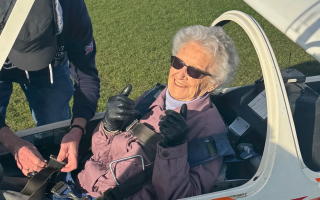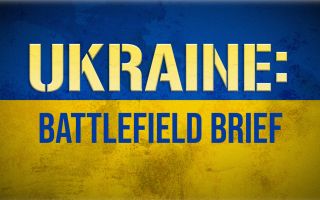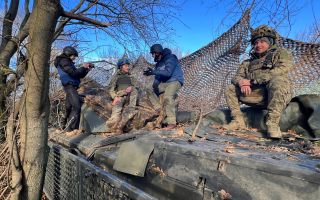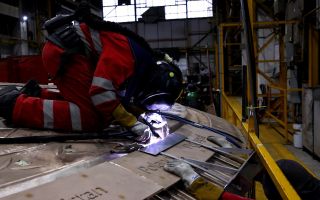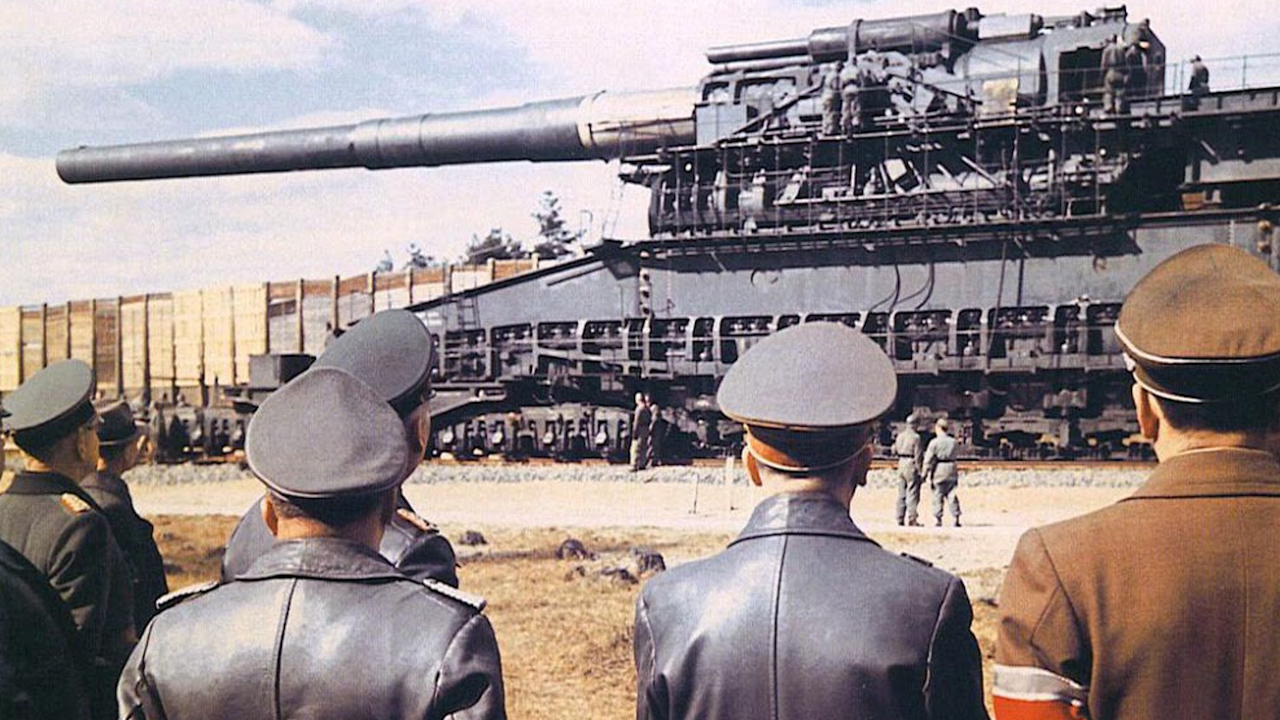
Hitler's 1,350 tonne super gun intended to destroy France in WW2

Germany's Schwerer Gustav railway gun was the largest artillery piece deployed in the Second World War to be used in combat against the Soviet Union.
The concept of the super gun began when Adolf Hitler ordered that a weapon be built that could destroy the Maginot Line and allow the German army to invade France.
While many of Germany’s wunderwaffes (wonder weapons) never materialised, this super gun was actually used in battle during Hitler's invasion of the Soviet Union during Operation Barbarossa.
The railway gun was designed by Krupp in 1936, however it was built too late for the German army's invasion of France in May 1940.
It weighed 1,350 tonnes and the cannon had a calibre of 80cm, being capable of firing seven-tonne shells at targets up to 29 miles away.
While many of the German wonder weapons never got past the planning stage, and even fewer ever saw action, the Schwerer Gustav was used in battle against the Soviets.
The railway gun is reported to have been fired 47 times against the city of Sevastopol in 1942 before the bore was worn out and the barrel needed to be replaced. This was the only confirmed use of the superweapon during the Second World War.
The German army had laid siege to the city and was able to defeat the Soviet forces inside after shattering their defences with heavy artillery.
While the Schwerer Gustav was a formidable weapon, its size created problems for the German army.
Due to its physical dimensions, weight and complexity it required a crew of 2,000 men to operate and took much longer to get into a firing position as it required specially made railway tracks for transportation.
It was also impossible to hide it from enemy aircraft, which meant it could only be deployed in areas where the Luftwaffe had air superiority.
Like many of Nazi Germany's wonder weapons, the Schwerer Gustav was hugely costly and took up greater resources than more conventional weapons.




